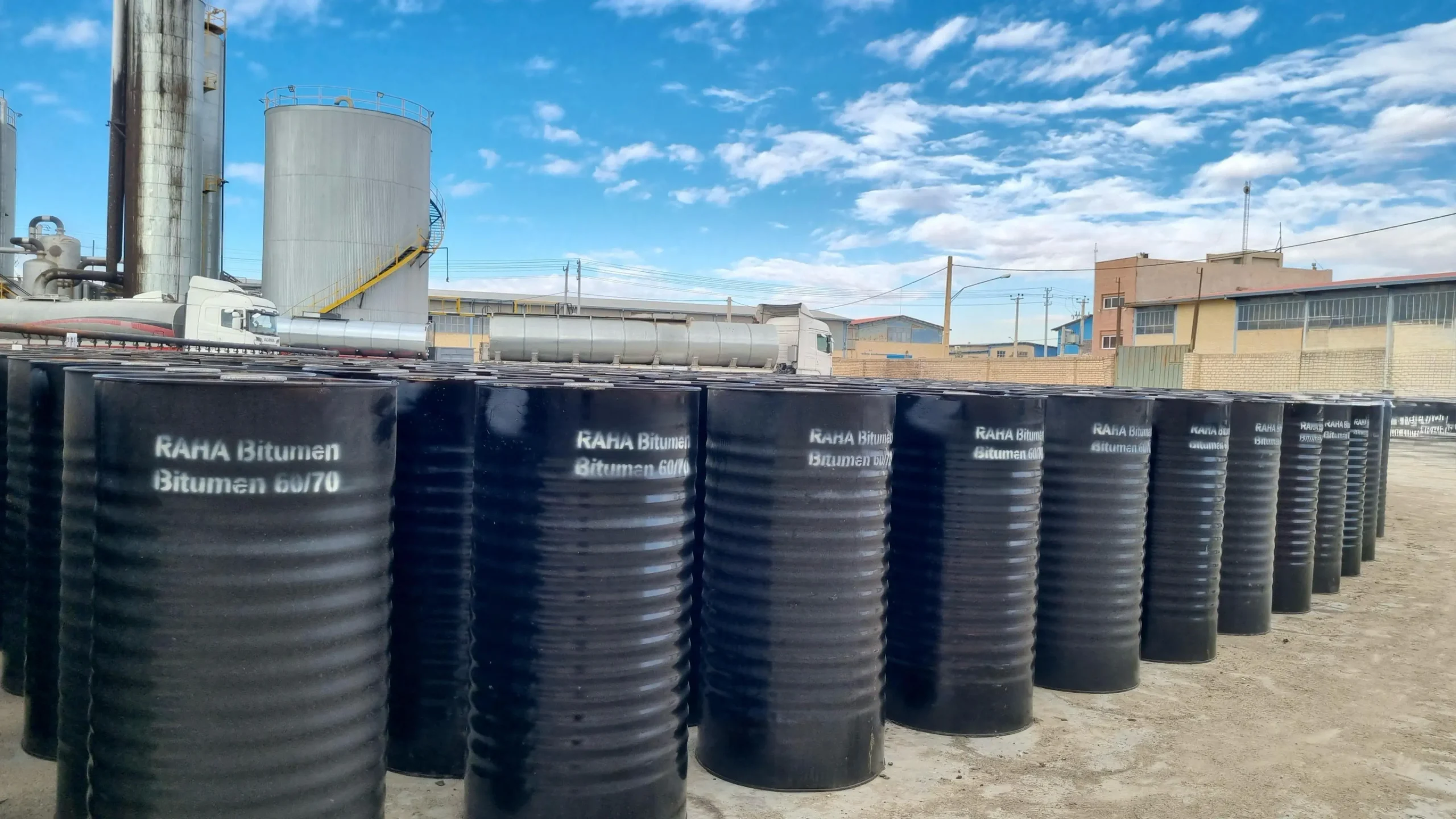 Bitumen Penetration 60/70
Bitumen Penetration 60/70
CHARACTERISTICS AND PRACTICAL USES
Bitumen 60/70 is a standard penetration grade bitumen, highly valued for its use in road construction and high-quality asphalt pavements. It is derived from the distillation of crude oil, followed by a vacuum oxidation process to achieve the desired hardness. Bitumen 60/70 undergoes a penetration test, which measures how deep a standard needle penetrates the bitumen at a specific temperature and load. The penetration depth for this grade ranges from 6 to 7 tenths of a millimeter (0.6 – 0.7 mm), giving it the name 60/70. The thermoplastic nature of bitumen 60/70 allows it to soften at high temperatures and harden at lower temperatures, making it an ideal binder for hot mix asphalt (HMA) used in both base and surface layers of roads. Its performance, including adhesion, rheology, and durability, is influenced by the type of crude oil and the refining process used. Bitumen 60/70 is particularly suitable for temperate climates, where its consistency and ability to withstand temperature variations are beneficial. This bitumen is widely used in the production of asphalt for road surfaces, delivering durability and flexibility. It is a foundational component for a variety of bituminous products and is known for its versatility. Bitumen 60/70 is typically purchased from refineries and packaged to meet international standards, ensuring high quality for paving applications.
In addition to its primary use in road construction, bitumen 60/70 is also a key raw material for other bitumen-based products. Its semi-hard nature makes it ideal for building roads that offer longevity and reliable performance, even under heavy traffic loads.
THE PRODUCTION PROCESS OF ASPHALT 60/70
Bitumen 60/70, a standard penetration grade bitumen, is primarily produced through a process called air blowing or oxidation in the refinery. This process modifies the bitumen by injecting air into it, striking a balance between softness and hardness, making it ideal for use in asphalt pavements.
Bitumen 60/70 is derived from the distillation of crude oil, followed by the air blowing process. During distillation, the heavier components of crude oil, which do not evaporate, are collected. This residue is further processed by injecting air into it at high temperatures. The air blowing process increases the bitumen’s softening point and enhances its durability, making it more resistant to deformation in high temperatures and more reliable for road construction.
There are two primary methods of bitumen production: continuous and discontinuous (batch) processes:
-
Discontinuous Process: In the batch process, a fixed volume of feed (bitumen residue) is introduced into the aeration tower. After the air blowing process is complete, the aeration tower is emptied, and the bitumen is transferred to storage tanks. This method allows for close control of small batches but is less efficient for large-scale production.
-
Continuous Process: In the continuous process, a steady stream of feed enters the aeration tower at a set temperature. Air is continuously blown through the bitumen, and the product is continuously removed from the tower as it reaches the desired specifications. This method is typically used in large refineries due to its efficiency, shorter aeration time, and ease of control. It also reduces air consumption, which is an advantage in terms of operational costs.
FACTORS AFFECTING BITUMEN QUALITY
The quality of bitumen 60/70 depends on various factors:
- Crude Oil Source: The type of crude oil used affects the final properties of the bitumen, such as its viscosity and softening point.
- Refining Equipment and Methods: Advanced refining techniques ensure better control over the production process and improve the final product’s consistency and quality.
Bitumen 60/70 is used extensively in the production of hot mix asphalt for road surfaces, delivering high performance and durability. Its widespread use in temperate climates is attributed to its balanced properties of softness and hardness, making it ideal for both surface and base layers in road construction.
DIFFERENT PRODUCTION METHODS
-
Vacuum Distillation: This method involves distilling crude oil at high temperatures under reduced pressure (vacuum). The goal is to separate the lighter fractions (such as gasoline, diesel, and kerosene) from the heavier components. Under vacuum conditions, the boiling points of the components are lowered, allowing for the separation of volatile materials without thermal cracking. The heavier residues that remain after distillation are further processed to form bitumen, including Penetration Grade 60/70.
-
Solvent Extraction: In solvent extraction, a solvent such as propane or butane is mixed with crude oil to selectively dissolve the bitumen fraction. This separates it from lighter hydrocarbons and impurities. The solvent is later evaporated and recovered, leaving the bitumen behind. This method is particularly useful for extracting bitumen from heavier or unconventional crude oils, where traditional distillation may be less efficient.
-
Blending: Another method for producing Bitumen 60/70 is by blending different penetration grades of bitumen. By carefully mixing softer and harder grades, manufacturers can achieve a penetration range of 60 to 70 dmm (tenths of a millimeter). Blending may also involve the addition of modifiers or additives such as polymers to improve bitumen performance, such as enhancing its elasticity or resistance to temperature extremes.
-
Oxidation (Air Blowing): In this process, bitumen is produced by heating heavy crude oil residues and blowing air or oxygen through the material at high temperatures. The oxygen reacts with the hydrocarbons, causing oxidation that increases the bitumen’s hardness and raises its softening point. This process is key for producing penetration-grade bitumen like 60/70, which needs to be semi-solid at ambient temperatures while still pliable enough for paving applications.
COMPARISON OF METHODS:
- Vacuum Distillation: Efficient and widely used in refineries, but requires large-scale equipment and energy. The residue is directly used to produce bitumen.
- Solvent Extraction: Useful for heavy or unconventional crude oils, but the solvent recovery process can be energy-intensive.
- Blending: A flexible method that allows for fine-tuning bitumen properties, but may require additional quality control to maintain consistency.
- Oxidation: Ideal for increasing bitumen hardness and durability, but the process can be more energy-consuming and may produce emissions that require treatment.
Manufacturers choose the appropriate method based on factors such as the type of crude oil, production scale, and specific performance requirements of the bitumen product. Each method has trade-offs in terms of cost, environmental impact, and efficiency.
WHY BITUMEN 60/70?
Bitumen 60/70 is known for its heat tolerance, making it resistant to deformation under high temperatures during the summer months, while also retaining sufficient flexibility at lower temperatures to prevent cracking. These qualities, along with its ability to meet paving grade standards, make it one of the most widely used bitumen grades in the world for road applications. The bitumen undergoes rigorous testing, including penetration tests (which measure hardness) and softening point tests, ensuring it meets the demands of different climates and road conditions.
APPLICATIONS OF PENETRATION 60/70 BITUMEN
- Road Construction: Due to its balanced hardness and softness, Bitumen 60/70 is widely used in HMA for paving roads in mild regions. Its viscosity allows it to bind well with aggregates, creating a durable and flexible pavement layer.
- Specialized Projects: This grade of bitumen is also suitable for high-demand applications like airport runways and high-traffic coastal roads, where a strong, durable binder is essential to withstand the wear and tear of constant traffic and exposure to moderate environmental conditions.
- Waterproofing and Asphalt Primers: Bitumen 60/70’s adhesive properties make it useful for waterproofing applications and as a primer for asphalt layers, providing an additional layer of protection against moisture.
-
Road Construction: The primary use of Bitumen 60/70 is in hot mix asphalt for constructing base layers and wearing courses of roads, especially in regions with moderate temperatures. Its balance between hardness and flexibility makes it ideal for road surfaces that need to withstand traffic loads while remaining resistant to cracking or deformation.
-
Emulsions and Cut-back Bitumen: Bitumen 60/70 is also a key component in producing asphalt emulsions and cut-back bitumen, which are used for road surface treatments, priming, and tack coats. These products require bitumen with high adhesive properties to bond well with aggregates and provide long-lasting road layers.
-
Modified Bitumen: This grade is often used as a base for modified bitumen, where polymers are added to improve its performance in extreme weather conditions, making it suitable for high-stress applications like airport runways or high-traffic highways.
DIVERSE APPLICATIONS AND COMPOSITION OF BITUMEN 60/70
Bitumen 60/70 is a versatile penetration grade bitumen, widely used in asphalt mixtures, emulsions, cut-back bitumen, and modified bitumen products. It is produced through the vacuum distillation of crude oil and is characterized by a penetration value of 60 to 70 dmm, which indicates its hardness and suitability for use in moderate climates.
THERMOPLASTIC BEHAVIOR
Bitumen 60/70 exhibits thermoplastic properties, meaning it softens when heated and hardens upon cooling. This allows it to be mixed with aggregates at high temperatures to create hot mix asphalt (HMA) and ensures that it provides durable, long-lasting surfaces in roads and highways. Its high viscosity compared to softer grades like Bitumen 80/100 makes it more suitable for areas with higher traffic or where greater resistance to deformation is required.
KEY TESTS FOR ENSURING QUALITY AND PERFORMANCE
Bitumen 60/70, a widely used grade of penetration bitumen, undergoes several crucial tests to ensure its quality and suitability for road construction and various industrial applications. The following key tests are used to assess its performance characteristics:
1. PENETRATION TEST
The penetration test measures the hardness or softness of bitumen by determining the depth (in tenths of a millimeter) that a standard needle penetrates under a 100-gram load for 5 seconds at 25°C (77°F). A penetration grade of 60/70 means the needle penetrates between 6 and 7 mm. Lower penetration values indicate harder bitumen, which is generally preferred in hot climates to prevent excessive softening. This test helps engineers choose the correct grade of bitumen based on the climatic conditions and expected traffic loads.
2. SOFTENING POINT TEST
The softening point test measures the temperature at which bitumen softens enough to allow a steel ball to pass through a defined distance in a Ring and Ball apparatus. The test is conducted by heating the bitumen at a controlled rate, and the temperature is recorded when the softened bitumen touches a metal plate. For Bitumen 60/70, the softening point typically falls between 49°C and 56°C. A higher softening point indicates lower susceptibility to temperature changes, making the bitumen more suitable for use in hot climates to prevent rutting and deformation under heavy traffic.
3. DUCTILITY TEST
The ductility test measures the ability of bitumen to stretch without breaking, indicating its flexibility. A standard bitumen sample is pulled apart at a constant speed of 5 cm/min at 25°C (77°F) until it breaks, and the distance (in centimeters) at which it fractures is recorded. Higher ductility is essential for bitumen to withstand thermal expansion and contraction without cracking, especially in regions with significant temperature variations. Bitumen 60/70 typically exhibits a ductility value above 75 cm, which ensures durability under varying stress conditions.
4. VISCOSITY TEST
The viscosity test measures the flow characteristics of bitumen at high temperatures, ensuring proper workability during mixing and paving. It is tested at 135°C (275°F) for mixing and 60°C (140°F) for binder performance. Proper viscosity ensures that the bitumen can adequately coat aggregate particles during mixing and provides sufficient lubrication for compaction. Both excessively high and low viscosity can lead to mixing issues or poor compaction, reducing pavement strength. Bitumen 60/70 exhibits optimal viscosity to ensure stable and durable asphalt pavements.
CONCLUSION
These tests play a crucial role in ensuring that Bitumen 60/70 meets the necessary quality standards for road construction, roofing, and other industrial applications. By measuring hardness, temperature resistance, flexibility, and flow properties, these tests guarantee that Bitumen 60/70 performs reliably under various conditions, particularly in moderate to hot climates.
ENSURING QUALITY AND SAFETY
GUARANTEES OF BITUMEN 60/70 AND EXPORT DESTINATIONS
At RAHA Oil, we guarantee the quality and safety of Bitumen 60/70 through rigorous quality control and international oversight. We collaborate with international inspectors to monitor the loading process and ensure both the quality and quantity of the product before shipment. Our dedicated Quality Control (QC) team conducts batch testing for each production cycle, verifying compliance with internationally recognized standards such as AASHTO M20-70 and ASTM D946. These standards ensure that our Bitumen 60/70 meets all required specifications for penetration grade bitumen, including penetration, softening point, and viscosity tests.
To ensure product integrity, we adhere to strict packaging protocols to protect the bitumen during shipping. Our bitumen is sealed and packaged in line with international safety standards, preventing contamination and damage during transit.
We export Bitumen 60/70 to regions across Asia, Africa, and the Middle East, including major markets such as Qatar, UAE, and China. Our widespread distribution network allows us to meet the demands of customers globally, providing premium-grade bitumen at competitive prices.
Our commitment to quality, safety, and reliability ensures that Bitumen 60/70 from RAHA Oil is the ideal choice for road construction, paving, and industrial applications. We take pride in delivering top-tier products that meet international standards and customer expectations.
PACKING FOR BITUMEN 60/70
BITUMEN 60/70 IN 1 MT JUMBO BAG WITH A STEEL CAGE AND PALLET:
 Loading 20MT in 20 ft Container
Loading 20MT in 20 ft Container
BITUMEN 60/70 IN 1 MT JUMBO BAG WITHOUT CAGE AND PALLET:
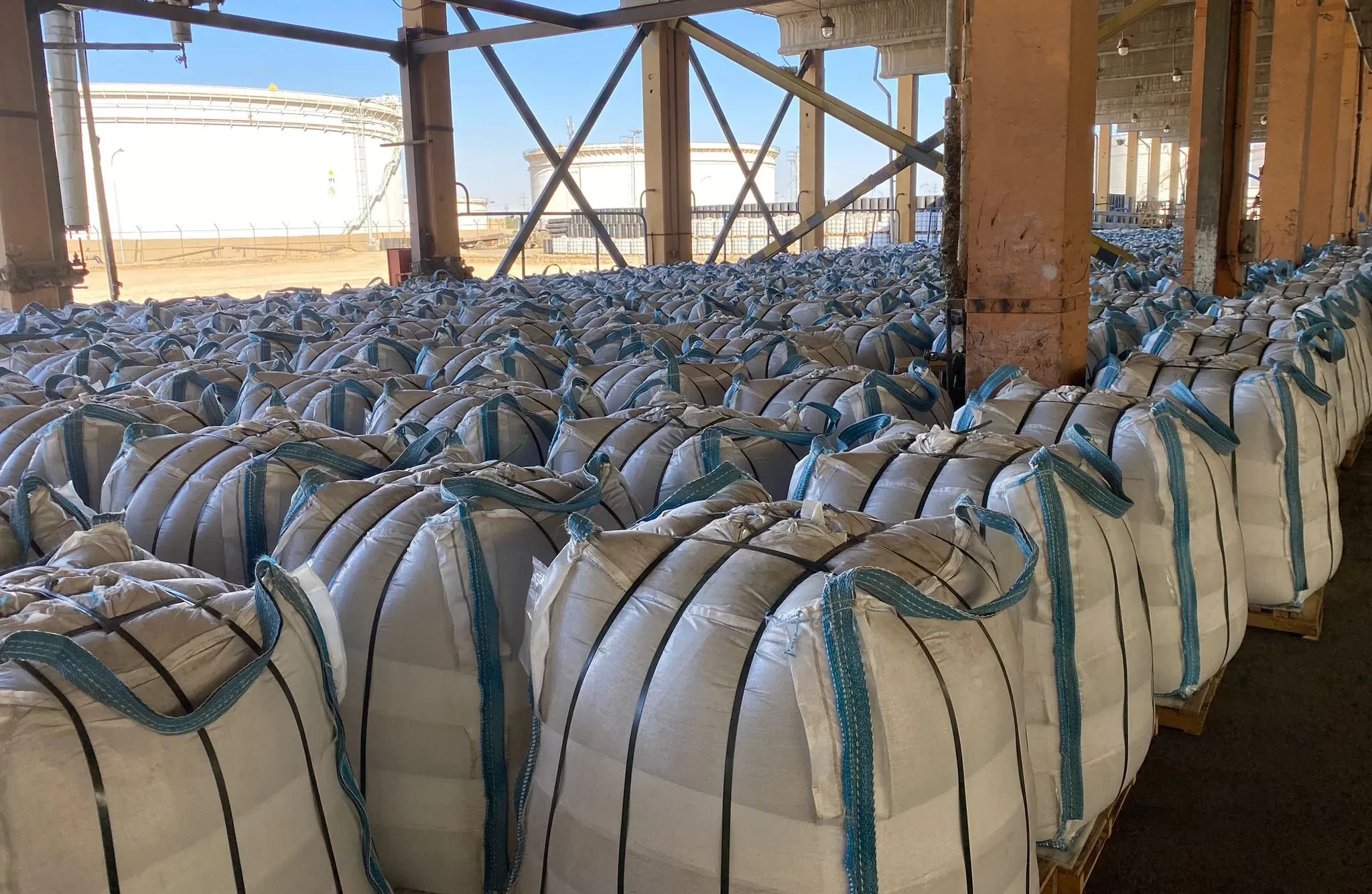 Loading 20 MT in 40 ft Container
Loading 20 MT in 40 ft Container
BITUMEN 60/70 IN 1300 KG JUMBO BAG:

BITUMEN 60/70 IN 300 KG BITUBAG:
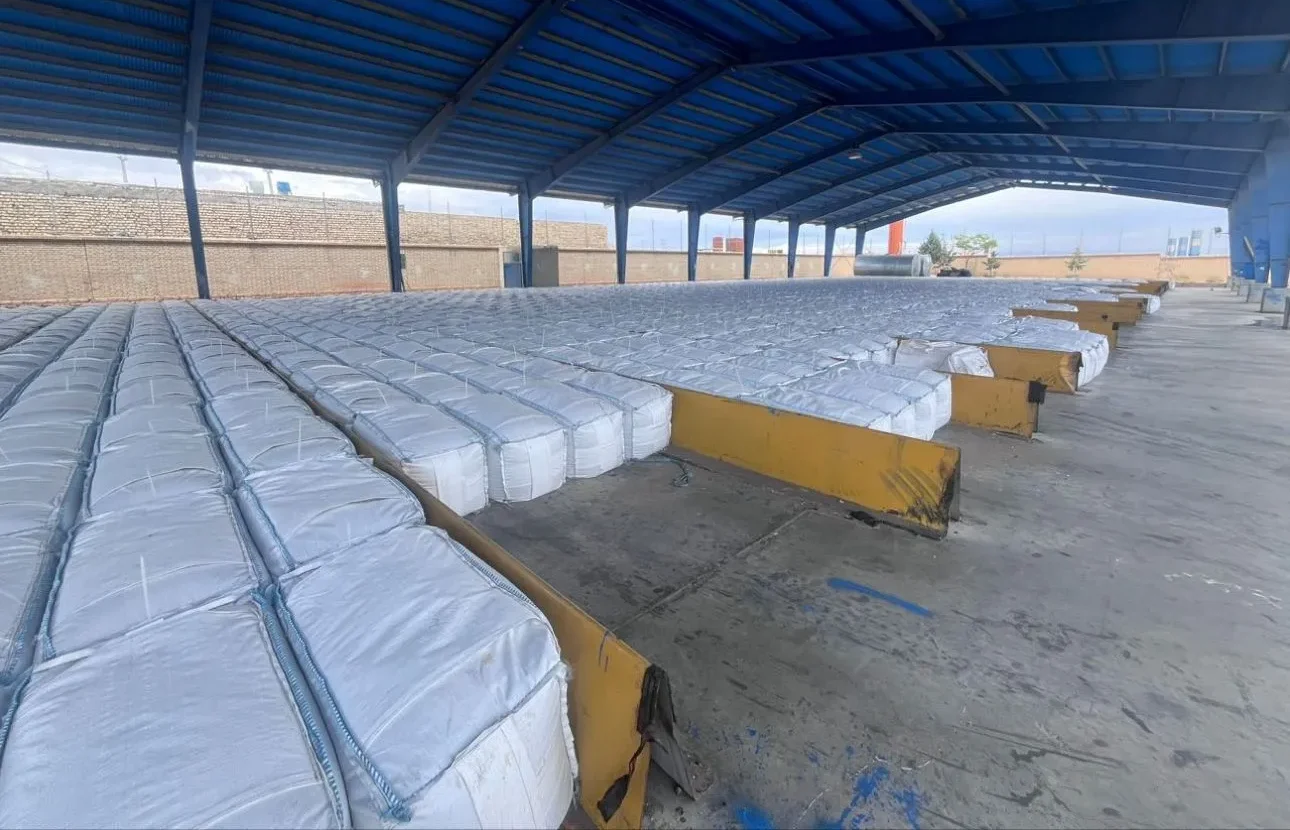 Loading 24 MT in 20 ft Container
Loading 24 MT in 20 ft Container
BITUMEN 60/70 IN 180 KG NEW STEEL DRUM:
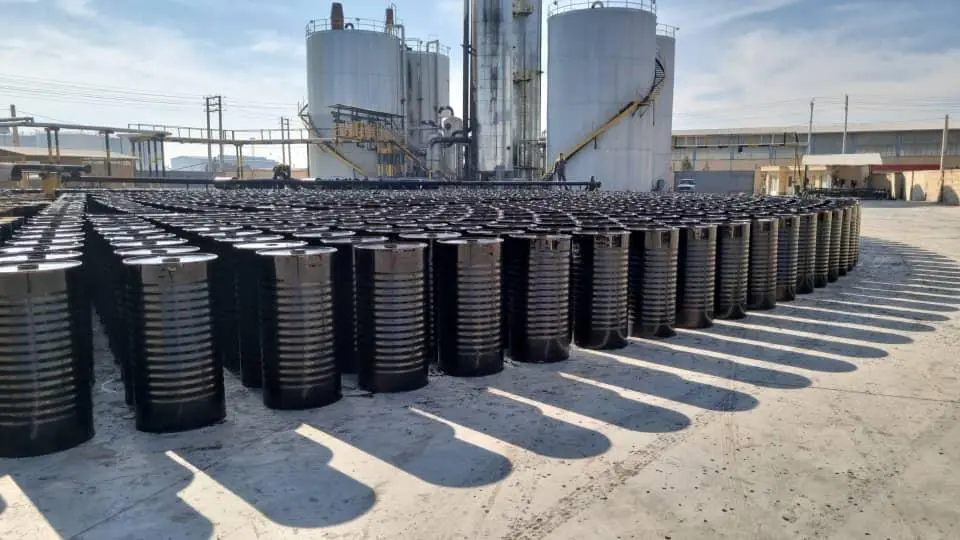 Loading 110 Drum in 20 ft
Loading 110 Drum in 20 ft
BITUMEN 60/70 IN BULK IN TANKER: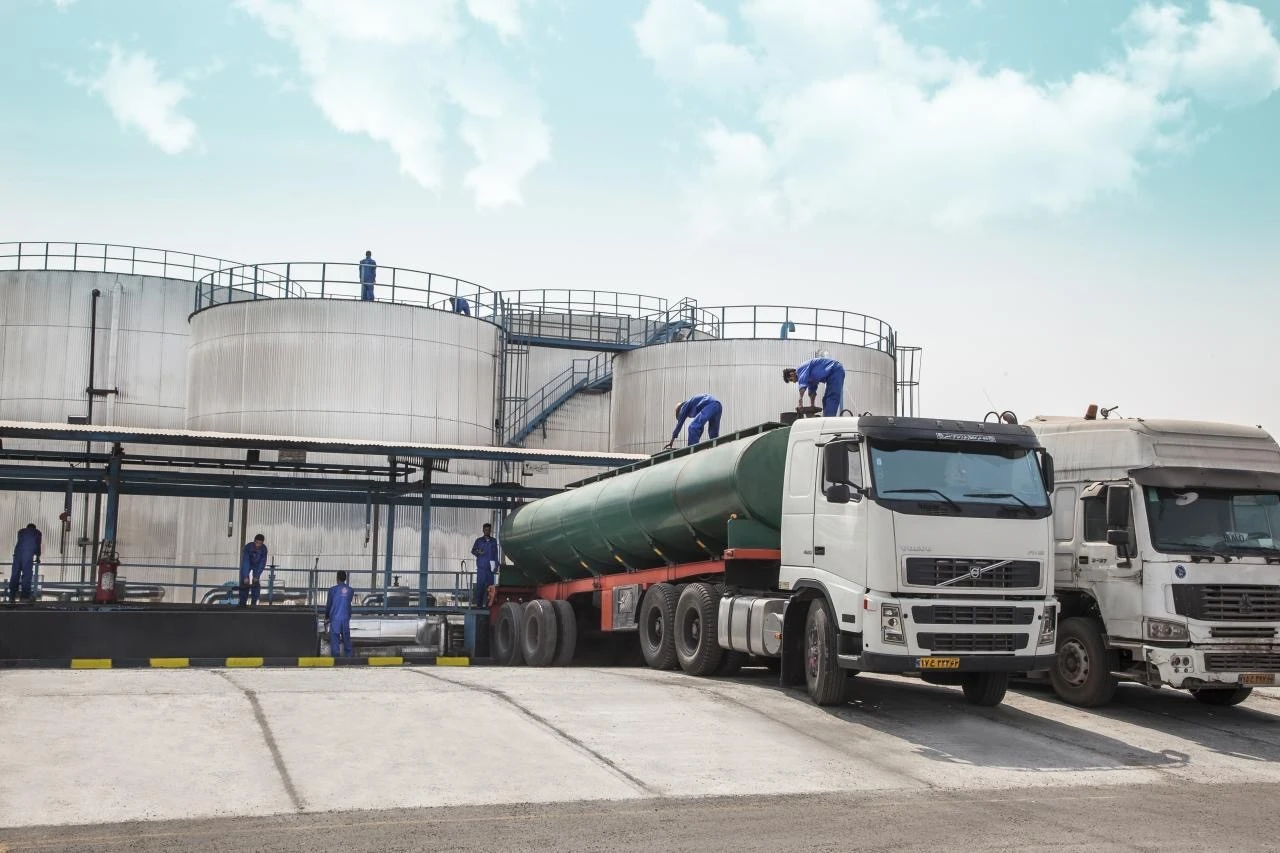
Loading 24 – 25 MT in Tanker Truck
BITUMEN 60/70 BULK IN FLEXI BAG:
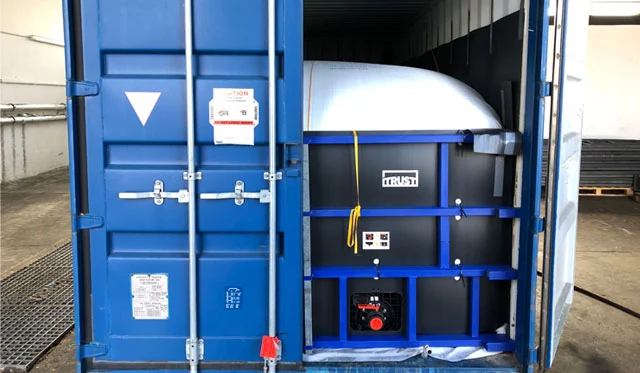 Loading 20 MT in Bitumen Flexi Bag
Loading 20 MT in Bitumen Flexi Bag
BITUMEN 60/70 BULK IN VESSEL:
 Loading 2000 to 20,000 MT in Bitumen Carrier
Loading 2000 to 20,000 MT in Bitumen Carrier
TECHNICAL DATA SHEET OF BITUMEN 60/70
BITUMEN 60/70 TEST METHOD UNIT SPECIFICATION
Specific gravity @ 25/25 °c ASTM D70 Kg/cm³ 1.01-1.06
Penetration @ 25°c ASTM D5 mm/10 60-70
Softening point °c ASTM D36 °C 49-56
Ductility @ 25°c ASTM D113 cm 100 min
Loss on heating(wt) % ASTM D6 wt % 0.2 max
Drop in Penetration after heating % ASTM D5-D6 % 20 max
Flashpoint °c ASTM D92 °C 232 min
Solubility is CS2(wt) % ASTM D4 wt % 99 max
Spot test A.a.s.h.o.t102 - Negative
For more information, please Contact our Sales Team.











What is the most cost-effective way to pack and ship items?
Bulk shipping is the most economical option available, although it may pose several challenges. Feel free to reach out to our specialists for further details and assistance.
Very useful page and information thanks
Thanks for your comment.